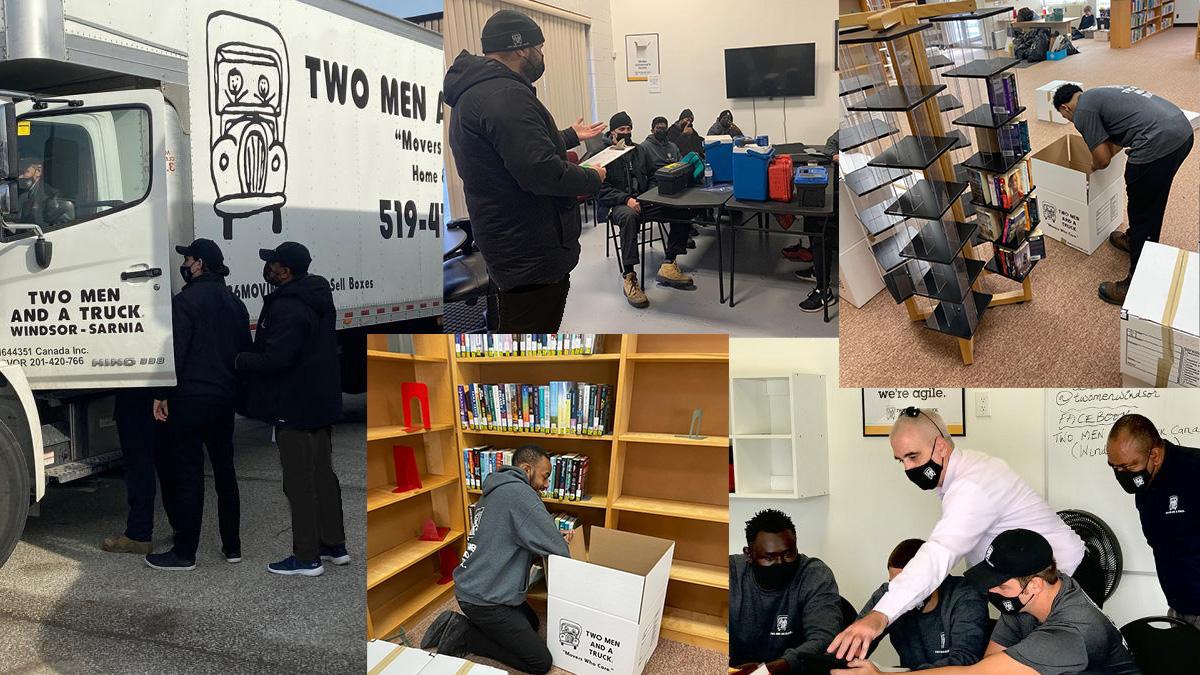When it comes to moving, ensuring the safety and security of your belongings is paramount. Windsor Movers offer valuable insights and techniques to guarantee your possessions arrive at your new destination in pristine condition. This comprehensive guide dives deep into the best practices for packing, using industry-leading methods and materials to protect your items throughout the moving process.
Understanding the Basics of Packing
Selecting the Right Packing Materials
Choosing appropriate packing materials is the first step toward securing your belongings. High-quality options include:
– Bubble Wrap: Ideal for wrapping fragile items.
– Packing Peanuts: Provides cushioning around items in boxes.
– Sturdy Boxes: Available in various sizes, suitable for different types of belongings.
– Packing Tape: Strong adhesive tape to seal boxes securely.
– Stretch Wrap: Keeps items bundled and protected from dust and moisture.
Essential Packing Tools
Equip yourself with tools that facilitate efficient packing:
– Box Cutters: For easily opening and breaking down boxes.
– Labeling Markers: To clearly mark contents and handling instructions.
– Furniture Pads: To protect furniture surfaces during the move.
Advanced Packing Techniques
Fragile Items
Securing fragile items requires meticulous attention. Techniques include:
– Individually Wrap Items: Use bubble wrap or soft packing paper.
– Secure with Tape: Ensure the wrapping stays in place.
– Cushioned Bottom: Place a soft layer of packing peanuts or towels in the box before adding items.
– Fill Gaps: Use crumpled paper or peanuts to fill any voids to prevent movement.
Electronics
Packing electronics demands special care:
– Original Boxes: If possible, pack electronics in their original boxes which are designed to fit perfectly.
– Anti-Static Bubble Wrap: Prevent static electricity from damaging components.
– Label Cables: Keep cables organized and labeled for easy reassembly.
Books and Documents
Books and documents should be packed to avoid damage:
– Small Boxes: Use smaller boxes to prevent overloading.
– Flat Packing: Lay books flat to protect their spines.
– Plastic Wrap: Wrap important documents in plastic to prevent water damage.
Clothing and Textiles
Properly packing clothing and textiles can save space and prevent wrinkles:
– Wardrobe Boxes: Allow clothes to hang during the move.
– Vacuum Seal Bags: Reduce volume and protect against moisture.
– Soft Packing: Use clothes to wrap and cushion other items.
Organizing and Labeling
Efficient organization is key to a smooth unpacking process:
– Room-Specific Labeling: Label boxes according to the room they belong in.
– Content Descriptions: Provide a brief description of box contents.
– Handling Instructions: Label boxes with fragile items clearly.
Packing Furniture and Large Items
Furniture requires strategic disassembly and wrapping:
– Disassemble When Possible: Remove legs from tables and couches.
– Wrap for Protection: Use blankets and stretch wrap to protect surfaces.
– Use Moving Dollies: Facilitate transportation with appropriate equipment.
Safety and Security Measures
Ensure the safety of your belongings and moving team:
– Weight Management: Avoid overpacking boxes to prevent injuries.
– Sharp Items: Wrap sharp edges and tools to prevent accidents.
– Chemicals and Liquids: Pack separately and prevent spillage.
Last-Minute Packing Tips
Maximize the final days before the move:
– Essentials Box: Prepare a box with items you will need immediately.
– Check All Rooms: Ensure nothing is left behind.
– Seal All Boxes: Double-check that all boxes are securely closed.
Conclusion: Ensuring a Successful Move
With the expert tips provided by Windsor movers, you can feel confident that your belongings are well-protected throughout your relocation process. Proper packing is the cornerstone of a successful move, and with these guidelines, you’re equipped to handle every aspect of packing with precision and care.

